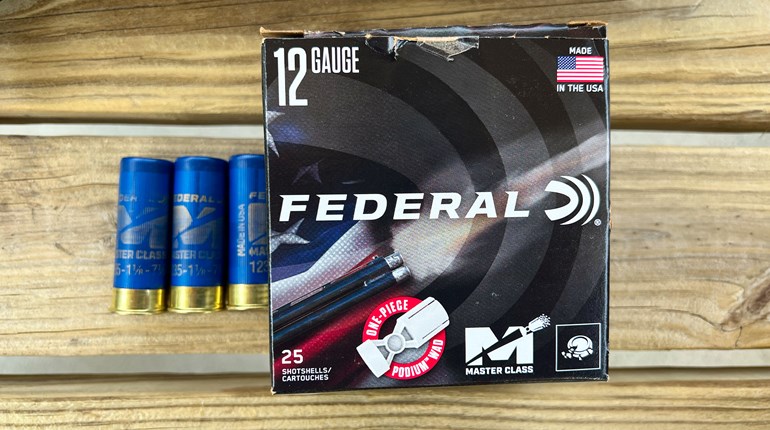
Every now and then a new bullet comes along that redefines what we think we know about hunting projectiles. The Barnes all-copper X-Bullet was one of those, and it has become the most imitated big-game bullet on the market. It was introduced in 1989, and ever since the Barnes X has been a favorite of serious big game hunters wherever men take rifles into wild places.
Making it work so well is complex, but explaining it is not. Simply put, it’s a solid copper bullet with a small, deep, hollow point in the tip. When the bullet contacts game this tip expands, splitting into four distinct petals forming an “X,” which is how it got its name. Under normal conditions it retains 100 percent of its weight and its penetration abilities are legendary.
In 2003, Barnes advanced the technology of the X-Bullet to new levels with the introduction of the Triple-Shock X (TSX). This bullet used rings cut in the shank to allow it to work better with various rifle-bore diameters. It also incorporated some changes in the nose design for even more positive expansion. The result was less bore fouling and accuracy that often rivals target bullets, as well as improved terminal performance.
In 2006, Barnes added the Maximum Range X (MRX) to the line. This was the first Barnes bullet to use a polymer tip. It also featured a tungsten core in the back section. The heavy tungsten core reduces the length of the bullet in any given weight. Because all-copper bullets tend to be long, this created a big advantage with some cartridges. The shorter bullets do not intrude as much into the powder space and allow the cartridge to reach its velocity potential. I tested the bullet in South Africa and Zimbabwe in 2005 and after that I wrote: “The MRX might well be the best hunting bullet on the market.” Nothing has changed my mind. They are expensive, but I think they are worth the price.
Running with the market’s demand that every new rifle bullet must have a plastic tip, Barnes added the Tipped Triple-Shock in 2008. This is pretty much the Triple Shock with a plastic tip, except it has a slightly larger hollow point so it expands a bit easier. Of course, it has a higher ballistic coefficient too, which means it retains velocity better and shoots flatter.
The TTSX started out with light-for-caliber bullets, but the line has grown to include most bullet weights. The most recent I have worked with is a .30-caliber, 200-grain tipped bullet that is anything but light for caliber. It’s a big, long bullet with an incredible BC of .546. It’s a good match for the big magnum cases like the .300 RUM.
All three of these bullets have similar terminal ballistics. There are some subtle differences, but for the most part they all expand very quickly to form the trademark “X”-shaped nose. Then the expansion is arrested by the solid shank, leaving the fully expanded bullet to penetrate. The X-shape of the nose aids in penetration because the spaces between the petals act like “relief valves” to allow tissue to flow through. At the same time the petals cut and crush tissue, which aids in fast, humane kills.
I have lost count of the game I have taken with Barnes X-Bullets in various configurations. It started 16 years ago with a Wyoming elk shot with a .338 225-grain original X-Bullet. The latest was an Alaska brown bear taken with a pre-production 350-grain .375 Triple-Shock. That one was introduced at the 2010 SHOT show. In between is a very long list of big game, including just about everything from pronghorns to Cape buffalo.
Of course, Barnes offers the entire line for handloaders. Currently several companies load Barnes bullets in factory ammo including Federal, Norma and Weatherby. Recently Barnes Bullets was purchased by Freedom Group, the company that also owns Remington and about half of the rest of the shooting industry. It’s a safe bet that Big Green will be adding Barnes bullets to its ammo line in the future.




































